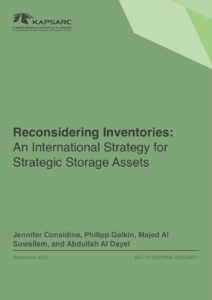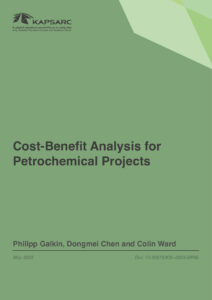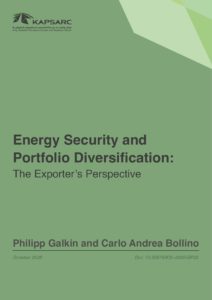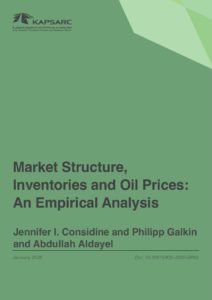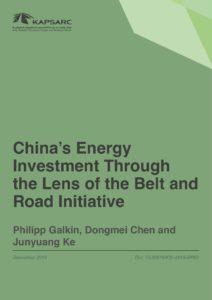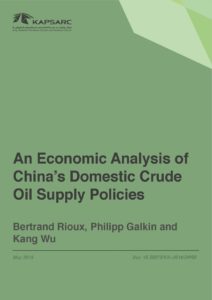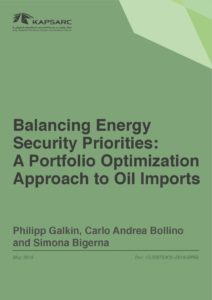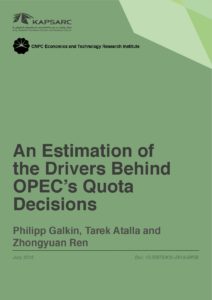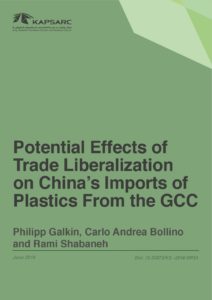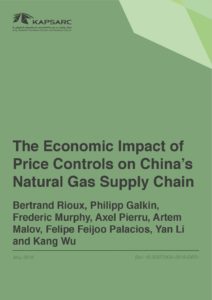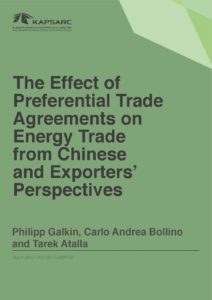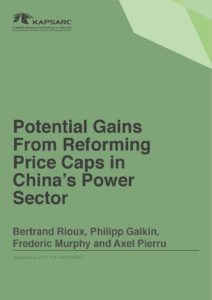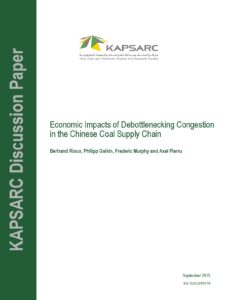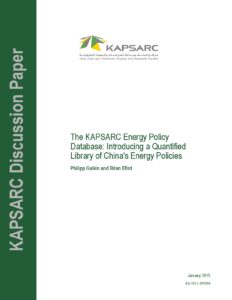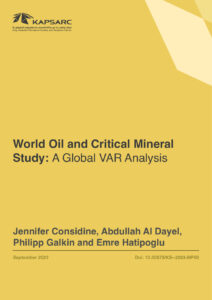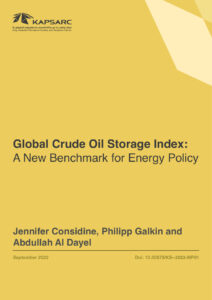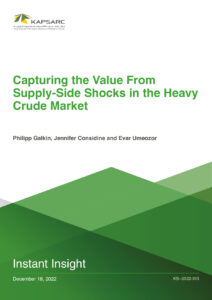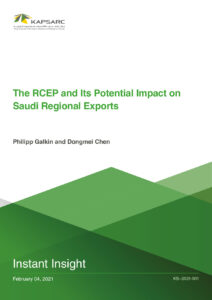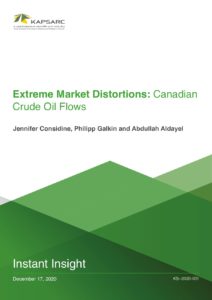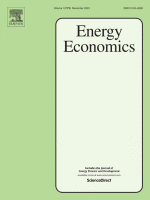Philipp is a visiting researcher at KAPSARC, working on the economic and policy aspects of energy supply and trade. Philipp’s work at KAPSARC includes evaluating the effect of preferential trade agreements on energy flows, analysis of OPEC energy policy and deriving insights related to China’s energy policy and its impact on global markets through modeling energy supply sectors.

Chapter 5: China’s energy investment through the lens of the Belt and Road Initiative
The Belt and Road Initiative (BRI): Progress Amid Controversies Overview of the BRI President Xi Jinping announced the BRI in 2013 during his official visits to Kazakhstan and Indonesia. The vision for a Silk Road Economic Belt connecting Central Asia and Europe was outlined in his speech in Kazakhstan, and the roadmap for a Maritime Silk Road linking the two continents was described in his speech in Indonesia (SCIO 2016). In the eight years since its inauguration, the initiative has evolved, simultaneously shaping the global political economy. Click here to read the book
1st May 2023
